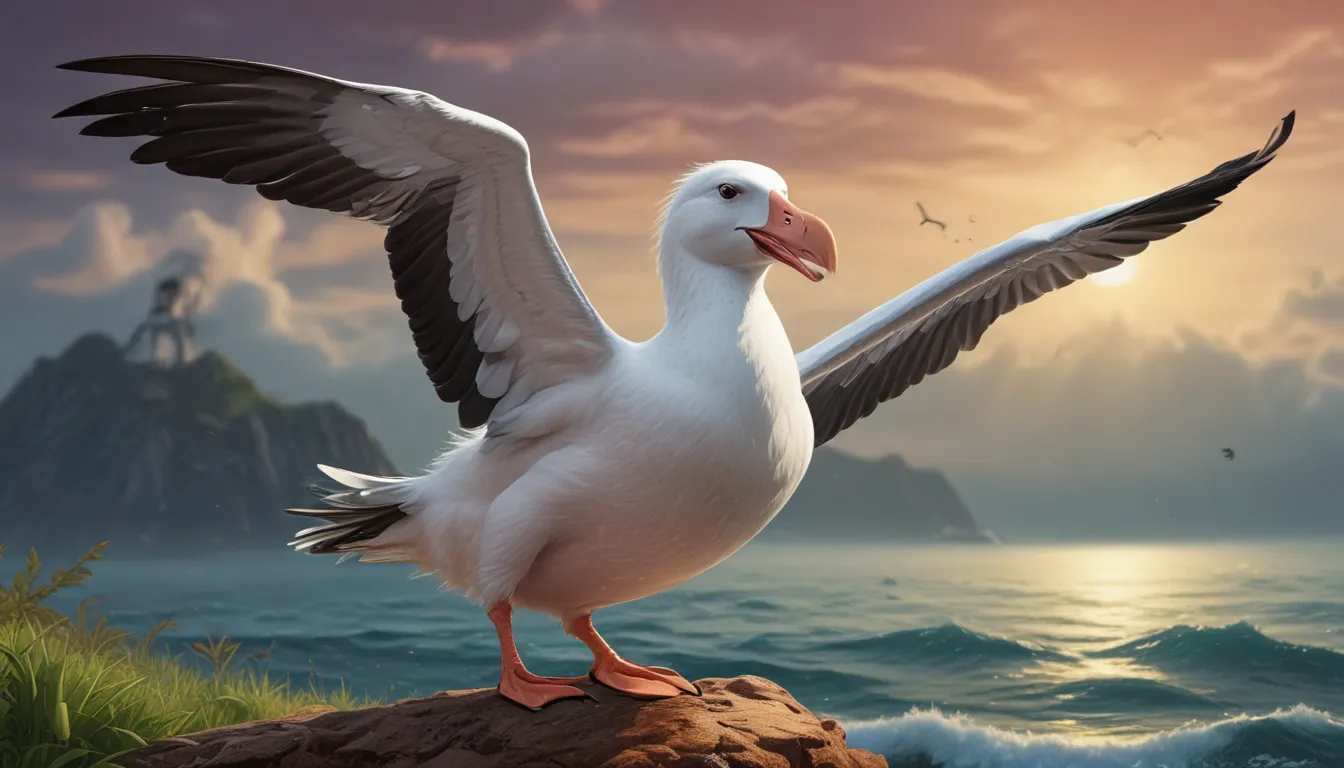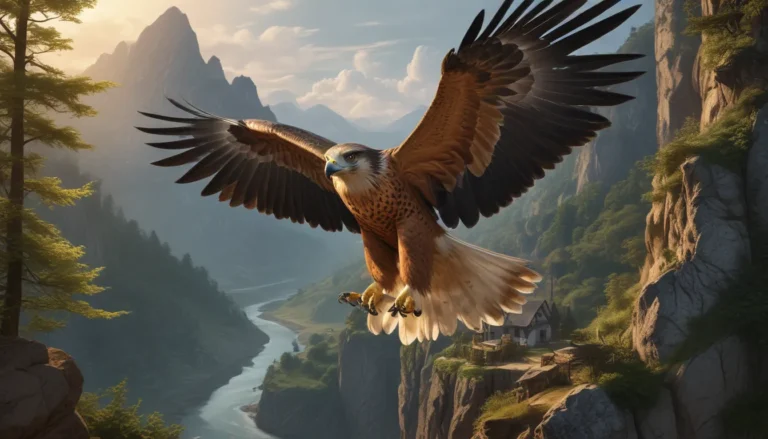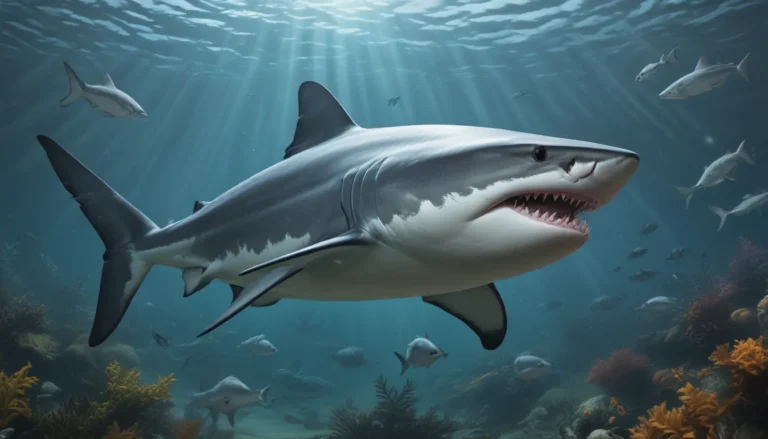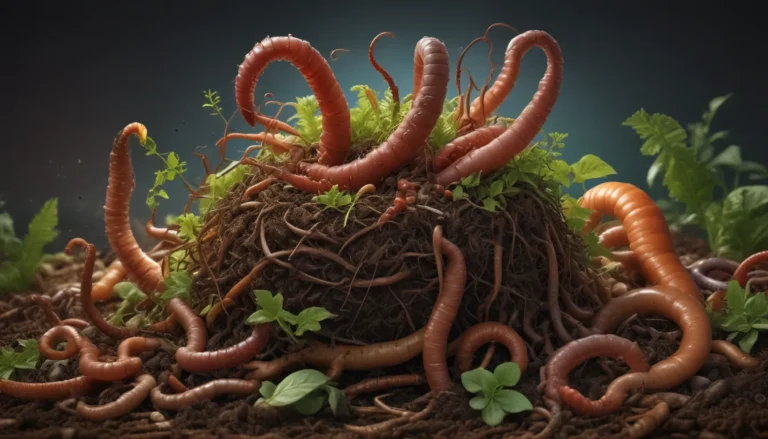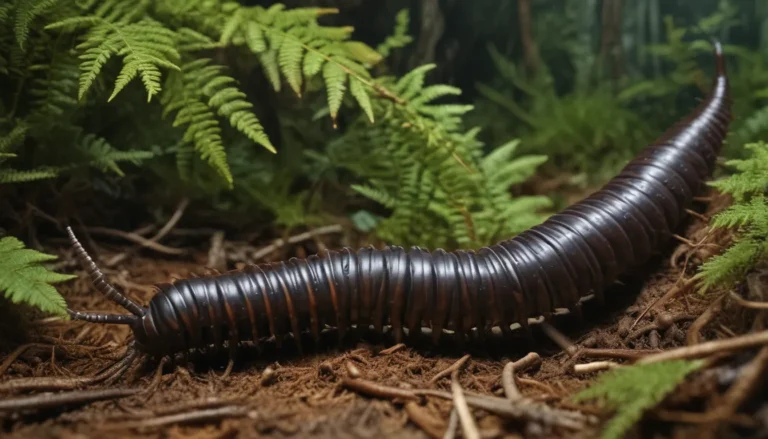The pictures we use in our articles might not show exactly what the words say. We choose these pictures to make you interested in reading more. The pictures work together with the words but don’t take their place. The words still tell you the important facts.
Have you ever wondered about the majestic albatross, a bird that many may never have the opportunity to see in person? From their remarkable size to their unique behaviors, albatrosses are truly captivating creatures that inhabit select locations across the globe. Join us on a journey to uncover the mysteries of these incredible birds with this comprehensive guide to albatross facts.
Unveiling the Beauty of Albatross
Quick Facts
- Albatrosses belong to the biological family Diomedeidae, comprising 22 distinct species.
- These long-living birds have been known to reach an impressive age of 50 years.
- Albatrosses boast the largest wingspan among all bird species, spanning from 6.5 to 11 feet.
- With their incredible flying abilities, albatrosses can reach speeds of up to 60 mph.
- These magnificent creatures spend over 80% of their lives at sea, soaring over the vast ocean expanses.
Essential Facts
- Albatrosses are predominantly seabirds, thriving in their ocean habitats.
- Active during the day, albatrosses engage in diurnal activities.
- The majority of albatross populations are found in the Southern Hemisphere.
- Only a few albatross species inhabit the North Pacific region.
- Known for their tameness on land, albatrosses have earned nicknames like 'mollymawk' and 'gooney.'
- These seabirds have the unique ability to drink seawater.
- Sadly, human activities such as hunting have posed significant threats to albatross populations.
- Albatrosses face predation from tiger sharks, especially targeting young birds.
- The Māori people historically used albatross wing bones for ceremonial tattooing.
- The phrase "to have an albatross around their neck" symbolizes sadness in cultural contexts.
Interesting Facts
- Albatrosses have been recognized as the "most legendary of all birds" throughout history.
- An ancient myth warns against harming or eating an albatross, believed to bring bad luck.
- Albatrosses glide on air currents rather than flapping their wings for lift.
- These birds can cover vast distances without the need to continuously flap their wings.
- Albatrosses exhibit proficient walking skills on land, unlike some other seabird species.
Delving Deeper into Albatross Traits
The Distinctive Features of Albatross
Albatrosses are characterized by their large heads and strong, hooked beaks, adapted for capturing slippery prey. Their sharp beak blades help secure their catches and prevent loss.
Albatross Diet and Feeding Behavior
Carnivorous by nature, albatrosses primarily feed on marine creatures such as crabs, fish, krill, and squid. They have become infamous among seafarers for their scavenging behavior around ships for food scraps or discarded items.
Hunting Patterns of Albatross
Albatrosses search for prey from the skies, swiftly diving towards the water to secure their meals. They can also spot potential targets from the water's surface, showcasing their adept hunting abilities.
Sleeping Habits of Albatross
While once a theoretical concept, recent studies have confirmed that albatrosses can sleep in flight. These birds may also rest on water surfaces, albeit making them vulnerable to natural predators.
Colonial Nesting Behavior
Being colonial birds, albatrosses nest alongside various other avian species. Their nesting sites, often located on remote oceanic islands, serve as venues for intricate courtship rituals and the formation of enduring pair bonds.
Facing Challenges: Conservation Status of Albatross
Alarming Endangered Status
Out of the 22 albatross species, a staggering 19 are officially classified as endangered. The primary threats to their survival include entrapment in fishing nets, competition with invasive species, and widespread hunting activities.
Breeding and Parenting Practices
Albatrosses only visit land for breeding purposes, establishing their colonies on remote islands. These birds lay their eggs in heaped-up nests or directly on the ground, engaging in shared incubation duties and slow offspring growth.
Species Diversity Across Regions
The size and distribution of albatross populations vary depending on the species. From the wandering albatross with the largest wingspread to the Indian yellow-nosed albatross as the smallest type, each species offers unique characteristics and habitats.
Celebrating the Diversity of Albatross Species
Notable Albatross Varieties
- Wandering Albatross: Holds the title for the largest wingspread among all living birds, nesting in Antarctic and South Atlantic regions.
- Laysan Albatross: Recognizable by its white body and dark upper wing surfaces, this species thrives in the same territories as the black-footed albatross.
- Royal Albatross: Identified by its predominantly white body with black wing surfaces, this species breeds in New Zealand and South America's southern tip.
- Black-Browed Albatross: With a distinctive dark-eye streak, this species resides in the North Atlantic offshore areas.
- Black-Footed Albatross: Sporting a sooty brown plumage, this species nests in tropical Pacific islands and roams the North Pacific expanses.
Noteworthy Individuals
- Wisdom, the Laysan Albatross: Recognized as the world's oldest living bird, Wisdom has astounded researchers with her longevity and resilience.
- Storm the Albatross: A fictional character in the Sonic the Hedgehog series, Storm adds a whimsical touch to the bird's portrayal in popular culture.
Embracing the Albatross Legacy Beyond Borders
From their fascinating behaviors to their diverse species traits, albatrosses continue to captivate enthusiasts and researchers worldwide. As we strive to conserve and protect these magnificent creatures, let us honor their presence in our ecosystems and cherish the interconnectedness of all living beings on our planet. Join us in celebrating the enduring legacy of the albatross and the invaluable lessons they impart on us as stewards of nature.
